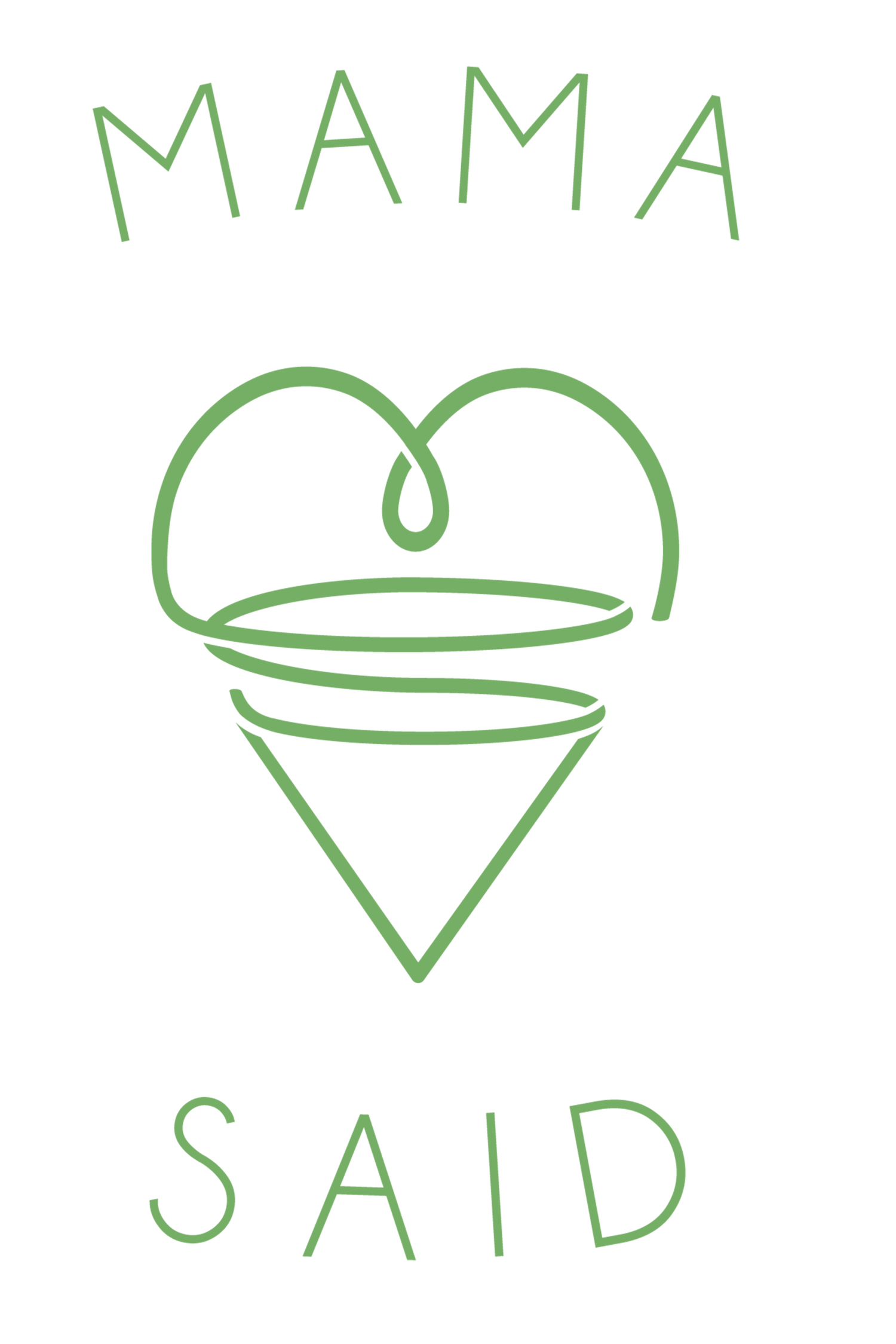The Creative Bonus: Researchers Find No "Motherhood Penalty" in the Arts
/Photo courtesy of @ChristyBeasely
In a recent article for The Atlantic, Bourree Lam reported on the motherhood penalty, but this time with more encouraging results—for some mamas. Lam detailed the recently published results of a study performed by Danielle Lindeman, Carly Rush and Steven Tepper “to assess the gendered earnings gap for artists.” Though the team found that, overall, “the gendered earnings gap is comparable for artists and nonartists,” in an encouraging turn of events“the wage penalty to motherhood that has been documented in virtually every other field” was not found.
As we already know, the gender pay gap does not only have to do with men’s salaries when compared to women’s, but also “with the well-documented disparity experienced by women with children.” Aside from the average 4% loss of wages that new mothers experience compared to the 6% increase in wages that new dads are rewarded, the “motherhood penalty,” rather than fading away with society’s awareness, has been a growing phenomenon, as recent surveys “suggest that mothers are less likely to be hired and, if hired, more likely to be held to higher standards.”
Photo Courtesy of @Openhousecreative
photo courtesy of @bergelands
However, Lindeman, Rush and Tepper's study suggests that this “motherhood penalty” does not exist for mothers working in the arts. In this study, “the arts” referred to “jobs in the performing arts, design, art history, writing, film, the visual arts, and music.” And while the reason for why the “motherhood penalty” skipped over this sector is officially unknown, Danielle Lindeman believes that the reasoning lies in the flexible and “more project-based” nature of art-based careers. Lindeman also believes that artists might be “more likely to challenge gendered traditions,” resulting in more equally divided unpaid work (like cleaning, cooking and childcare) between artist mothers and fathers. Lindeman also believes that “artists maybe have more egalitarian ideas about child-rearing, so they’re sharing more equally in that sphere.”
The results from this study point to the benefits of flexible career schedules for parent employees, an argument also furthered by Economist Claudia Goldin’s research on the gender gap. While no field other than the arts was completely without the motherhood penalty, Goldin, “found smaller pay gaps in the technology, science, and health sectors—fields that tend to offer more flexibility,” and larger wage gaps between mothers and fathers in fields with more traditional schedules, including “corporate, financial and legal professions.”
While Lindemann suggest that partial reasoning for the absence of a motherhood penalty in the arts could be because "artists may be more liberal than the general population," Goldin's additional research solidifies that at least some part of this phenomenon is the result of the artist's flexible schedule. So maybe it's time to encourage our daughters to put down their Economics textbooks and pick up a paint brush-- at least until a non-existent "motherhood penalty" is the reality for women in all occupations.





